STANDISH — A dozen years ago, Madeline McLucas and Sue Crockett didn’t have many options for riding their horses in woods near their homes in Gorham. Today, the women have made the Sebago Lake Land Reserve their go-to place to ride.
They’re not the only ones. Since the land reserve has been open to the public, the number of hikers, dog-walkers, runners, mountain bikers and equestrians using the trails has mushroomed.
In 2005, the Portland Water District opened 1,700 acres near Sebago Lake that had been closed to the public for decades. The theory behind the change in approach was simple: Allow the public to recreate and they’ll watch for trouble and help protect it.
In the past decade, violations on the open land fell from a high of 37 per 1,000 visitors in 2005 to just five violations per every 1,000 visitors in 2015, said Ron Beaulieu, head of the water district’s security force.
Meanwhile, visitor numbers have increased from 5,000 in 2005 to 25,000 last year, according to the water district. Use this year is up 1,500 from where it was this time last year, Beaulieu said.
He calls the Sebago Lake Land Reserve an overwhelming success.

Image from Portland Water District
“When I got here (in 2005), it had an unsafe feel to it. There were remnants of fires, garbage, vandalism, beer cans. The first thing we did was clean the place up,” said Beaulieu, a retired police officer. “We’ve noticed a change in culture. We are not here 24/7, so we reached out to the land users. They report any suspicious activity. And we fix it when we find it.”
Beaulieu’s staff the past 10 years has grown to nine part-time seasonal trail stewards who help police the trails and educate visitors on leave-no-trace principles and, most importantly, the rules regarding the lake.
There still is no trespassing near the portion of the lake that provides drinking water for roughly 200,000 people in greater Portland. That intake area is just beyond the intersection of Routes 35 and 237. Violators who go near it will be fined up to $2,500.
“There is safe drinking water and there is quality drinking water. This water is very pristine,” Beaulieu said. “We don’t want to screw it up. We want to keep the quality where it is.”
Elsewhere on the Portland Water District property, a recreational playground has taken shape.
More than 13 miles of trails have been built around Otter, Snake and Half Moon ponds. Two years ago, benches were built at scenic overlooks on the rolling forestland. An amphitheater was built in a small ravine, providing a stage for musicians who play at concerts the Water District hosts. A hitching post near the Route 237 parking lot was put in for horses brought to the trails.
“They’ve been very good to us. (They) trim the branches so they don’t hit our head,” Crockett said of the land stewards.
“We’re finding when we come riding here, people with dogs step off the trail. They’re very courteous. And we haven’t had a problem with cyclists or baby carriages. We step off the trail for them. That’s not the case in other places. They’ve made this very nice for us.”
In the past few weeks, a free mobile app was introduced by the Water District to guide users along the trails.
The original concept has worked, Beaulieu said. The locals who use this land have a sense of ownership and take care of the land.
When McLucas was hiking the trails one day, she found the fender of a car that someone had driven down the trail. So she took it to Beaulieu.
Afterward, Beaulieu blocked all openings with large rocks or granite slabs to stop similar incidents from happening in the future.
“I call it boulder diplomacy,” he said.
Recently, a host of new visitors have come to use the trails.
“I was riding my mountain bike here last January and went by a snowshoer and then a cross-country skier, and then a fat bike came flying through the trees,” said water district land steward John Sargent. “When we say it’s multiple-use, it really is now.”
Beaulieu estimates 50 equestrians regularly come to ride their horses on the trails, and there are more all the time.
“A week ago I saw six or seven riders in the parking lot. I asked them if they’d been here before, and for all of them it was the first time,” Beaulieu said. “There is a lot of word-of-mouth here. We don’t advertise it. But we welcome people.”
Unlike state parks, there is no fee. Visitors are asked to sign a permit form at the kiosks at one of the five parking areas. Half the form goes on the visitors’ dashboard, the other half is put in a box to help Beaulieu track use.
“These recreational users help to protect the water. They report when they see something. Having them protect the lake is good for everyone,” said Michelle Clement, the water district’s public relations manager.
Send questions/comments to the editors.


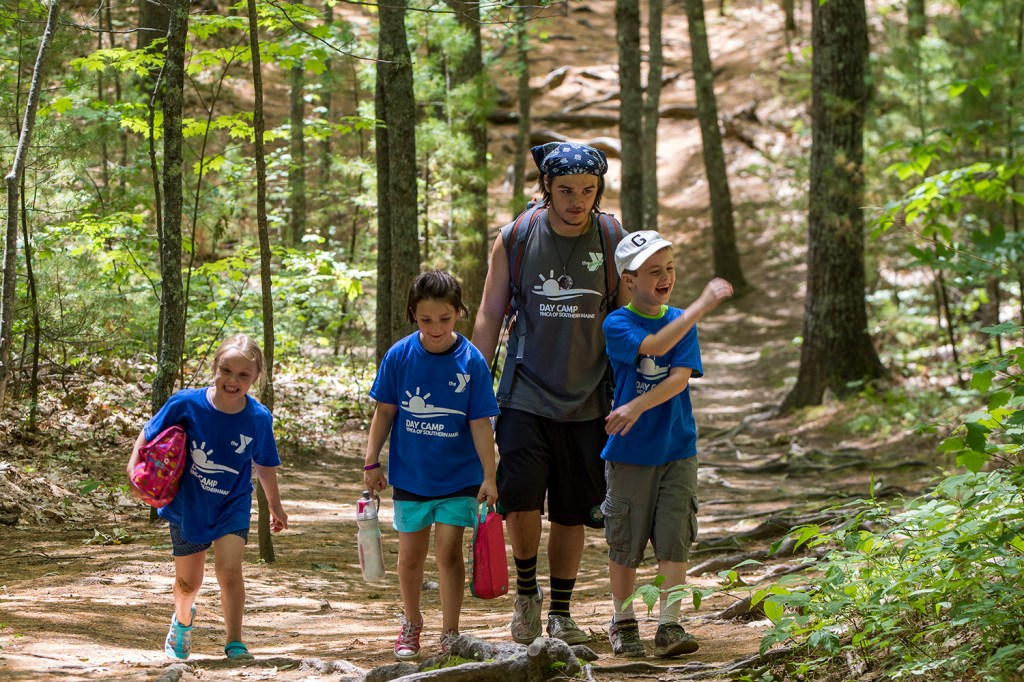
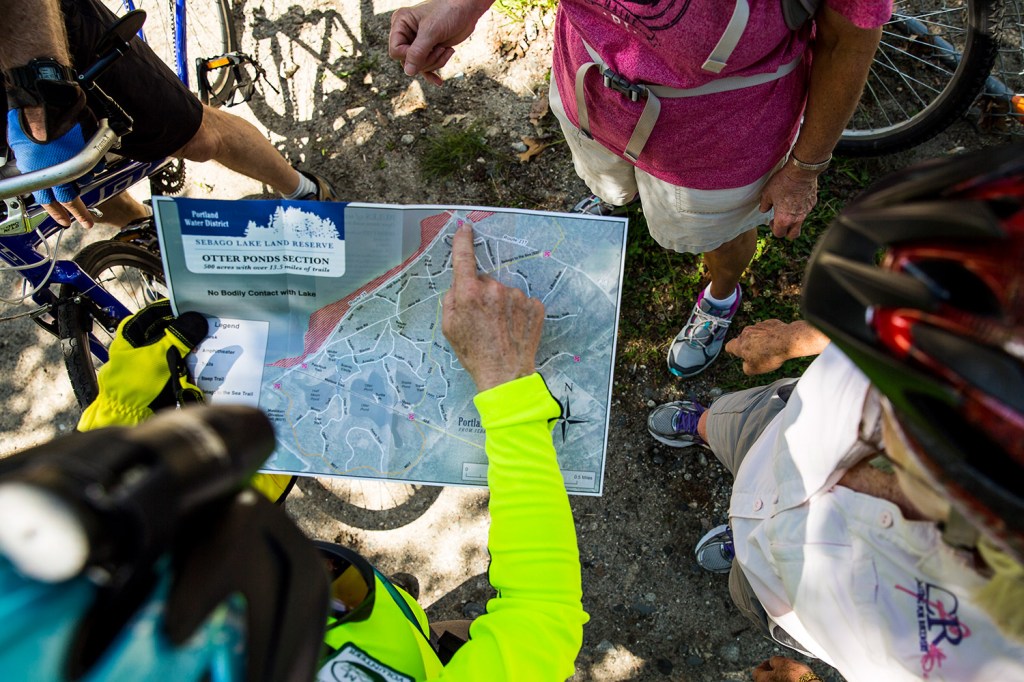
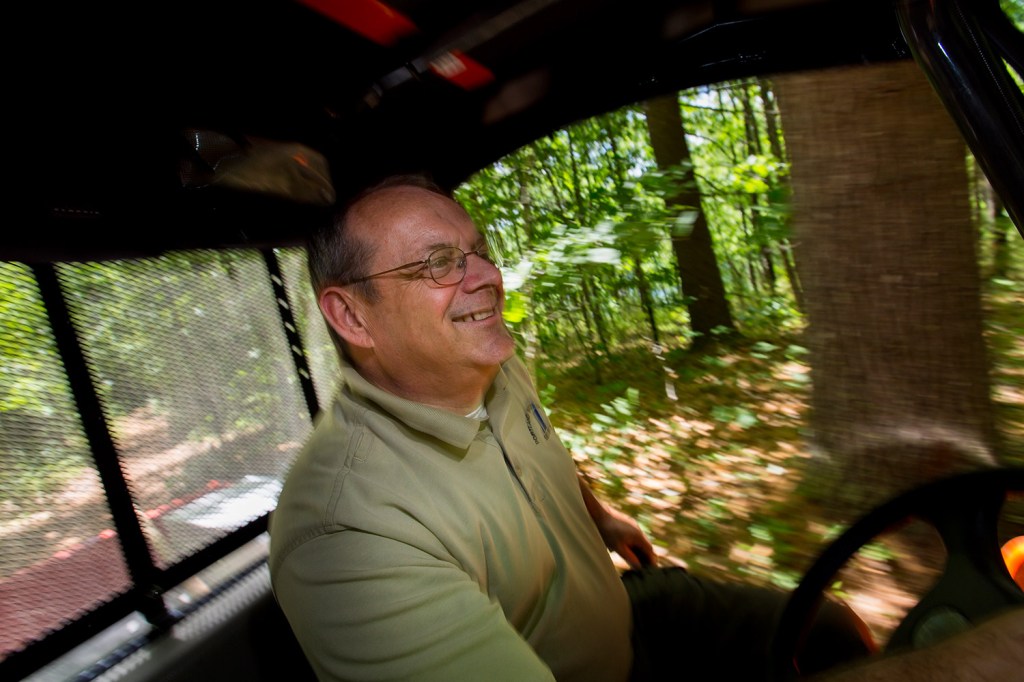
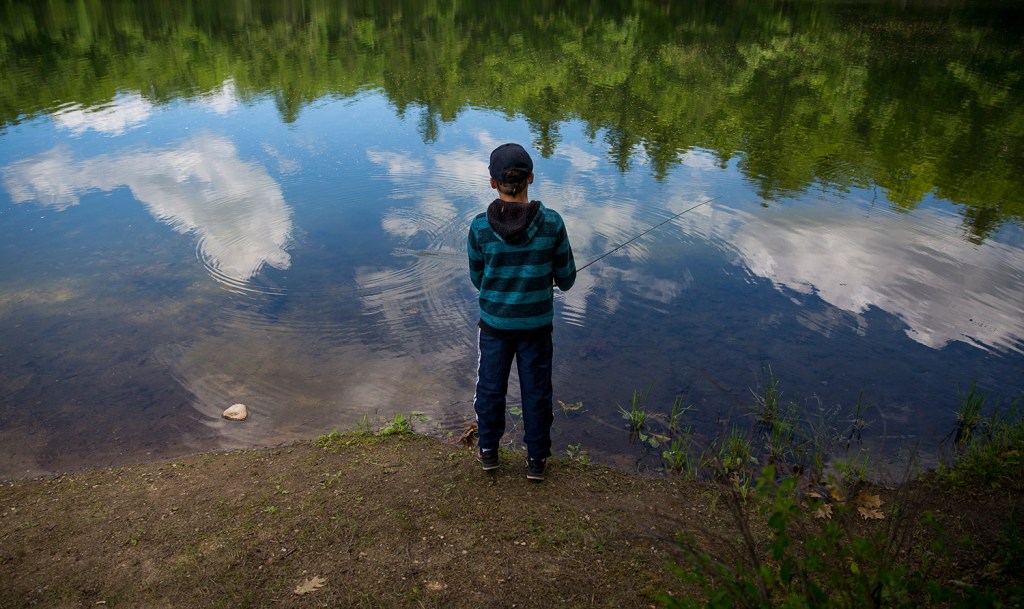
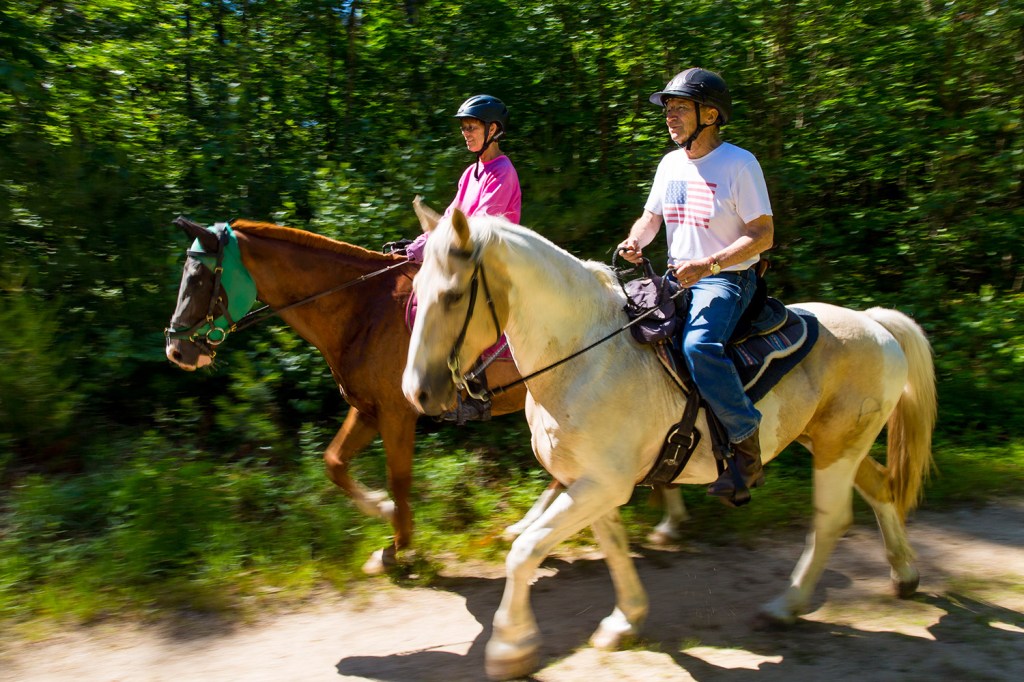
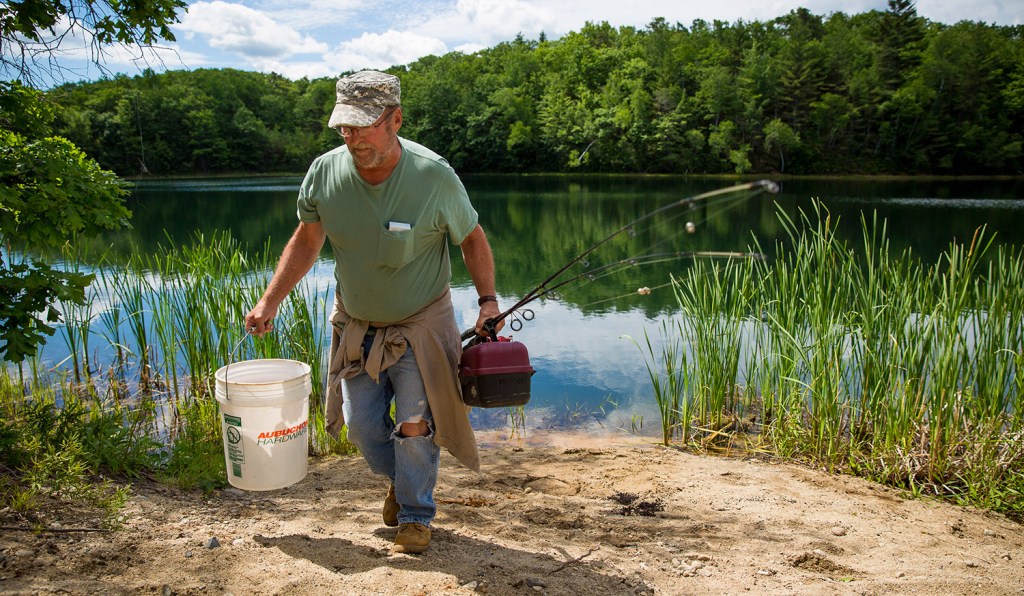

Comments are no longer available on this story